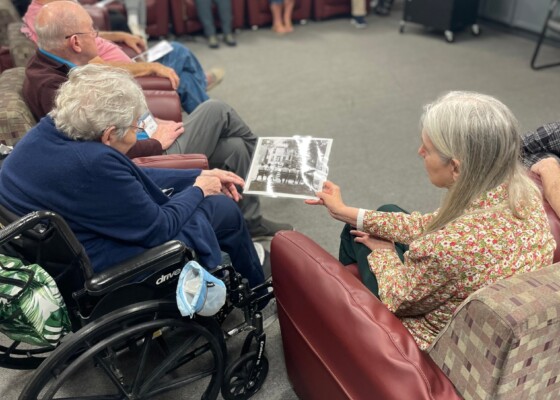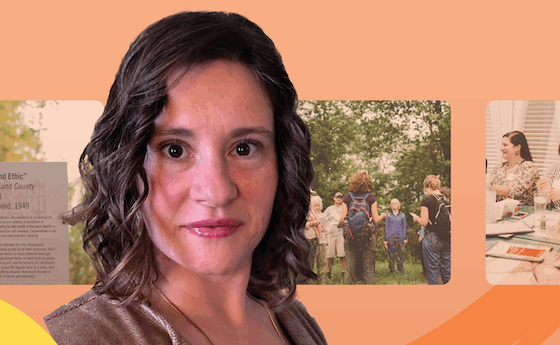Introduction to Food in Hoosier Literature and Poetry
June 23, 2010As we all know, food is a necessity of life and eating food constitutes a basic human activity. There are certain habits and rituals involved in eating, which may define…
As we all know, food is a necessity of life and eating food constitutes a basic human activity. There are certain habits and rituals involved in eating, which may define us by family, class, faith, or ethnic identity. There are certain places where eating may occur – formal dining rooms, drive-thrus, beaches and parks, restaurants, basements and fellowship halls of religious buildings, backyards, and the like. There are choices that we make regarding our dining companions as well as the conversations that we conduct (or don’t) over our meals.
Thus, food is an ever-present part of human existence. So, it should not be a surprise that themes related to food are evident in all types of writings, whether in children’s literature, poetry, or adult fiction.
- A classic rhyme, found in John Newbery’s Mother Goose Medley (1760), forms the basis of a popular children’s singing and clapping game:
Pease porridge hot, Pease porridge cold, Pease porridge in the pot, Nine days old.
- A young girl named Alice finds herself at a tea party along with the Mad Hatter, the March Hare, and a sleeping Dormouse in Lewis Carroll’s Alice’s Adventures in Wonderland (1866). She learns to come to terms with the world around her through her experiences at this highly uncivilized gathering of characters.
- Upton Sinclair’s novel The Jungle (1906) opens in a celebratory atmosphere of a Lithuanian wedding feast where food and drink is plentiful. The story follows Jurgis and Ona Rudkus who encounter the world of the stockyards and meat packing industry of Chicago. Sinclair’s exposé of these industries contributed to the development of the Pure Food and Drug Act during the administration of President Theodore Roosevelt.
- In Agatha Christie’s murder mystery And Then There Were None (1939), a group of people gather at a mansion on an isolated island and find ten figurines on a dining room table. During their meal, a gramophone record informs them that each is guilty of murder. Each person is subsequently murdered, one by one, paralleling verses in a nursery rhyme.
- Who can forget a young boy named Mickey who, upon falling asleep, dreams of finding himself in a surreal baker’s kitchen where he assists in creating a cake in Maurice Sendak’s classic picture book, In the Night Kitchen (1963).
This section of “Food for Thought” highlights food and eating practices as they appear in the writings of Hoosier authors and poets. We will offer excerpts of those writings to show how the consumption and production of food permeates our daily lives.
We also encourage you the reader to become involved as well. Think about writing a short story or a poem that focuses on food, food production, or rituals and practices that surround food consumption. Send them along and we might add your piece to the collection of Hoosier writings.


